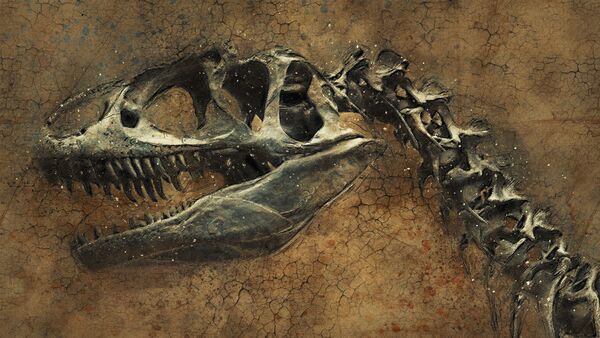Today's Greenland is mostly associated with a rocky mountain landscape, tons of snow and fisheries, but this had not always been the case.
Over 200 million years ago, during the Triassic period, the climate in Greenland was dry and hot, not unlike areas in southern Spain. The landscape was also rich in rivers that kept abundant vegetation alive. At that time, Greenland was situated just north of the equator, squeezed between Europe and North America on the vast supercontinent of Pangaea.
Fossils that appear to be close relatives to the great salamander were previously found in Europe. By contrast, none have been found in North America, which at that time was closer to Greenland. This spurred researchers to the conclusion that the salamander's route was influenced by climate change rather than geographical proximity.
"We have used a new technique to investigate what lies hidden in the tiny crevices of precious stones," Tue Hassenkam, associate professor and chemist from the University of Copenhagen, told Danish science portal Videnskab, disclosing that the find most likely was single-celled organisms.
The find is by many regarded as a testimony to the controversial theory presented by Danish-Greenlandic geologist Minik Rosing. Rosing claimed the genesis of life on Earth had occurred some 200 million years earlier than previously thought and suggested that Greenland was in fact the birthplace of life, the University of Copenhagen reported.
However, other researchers, such as American geochemist Elizabeth Bell from the University of California, have suggested that the content of the stone may in fact have been contaminated with younger material.






